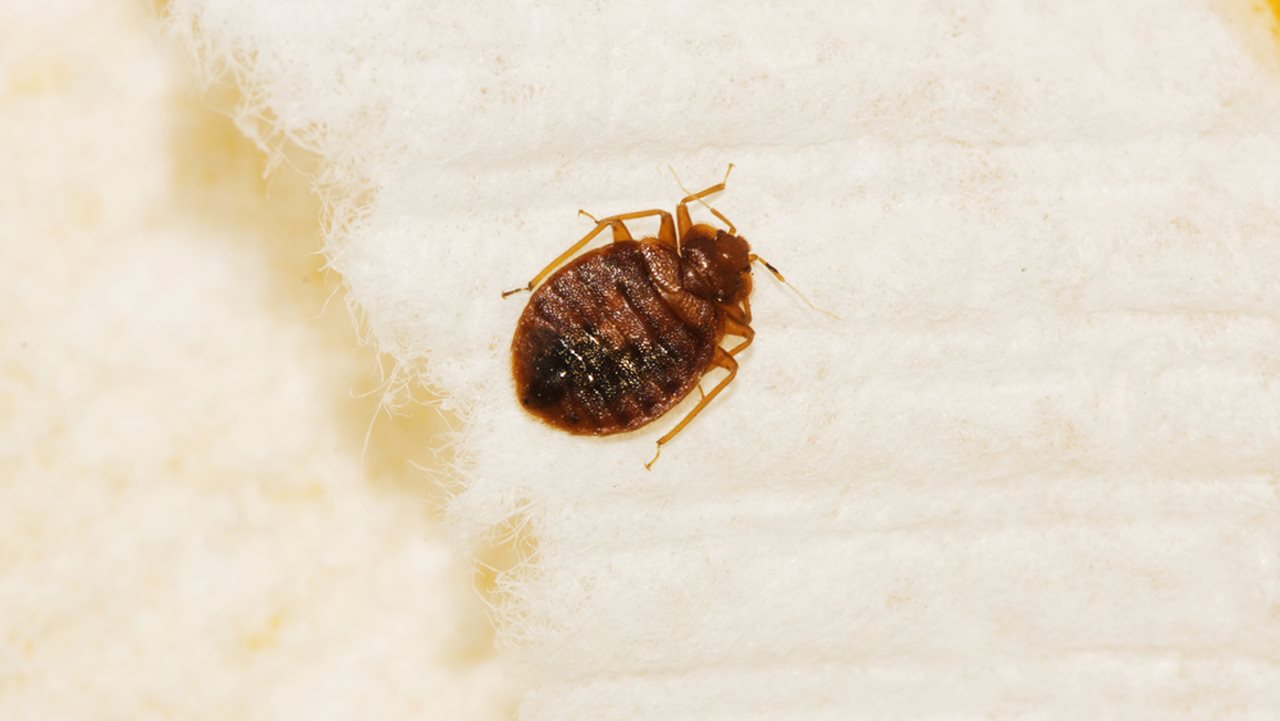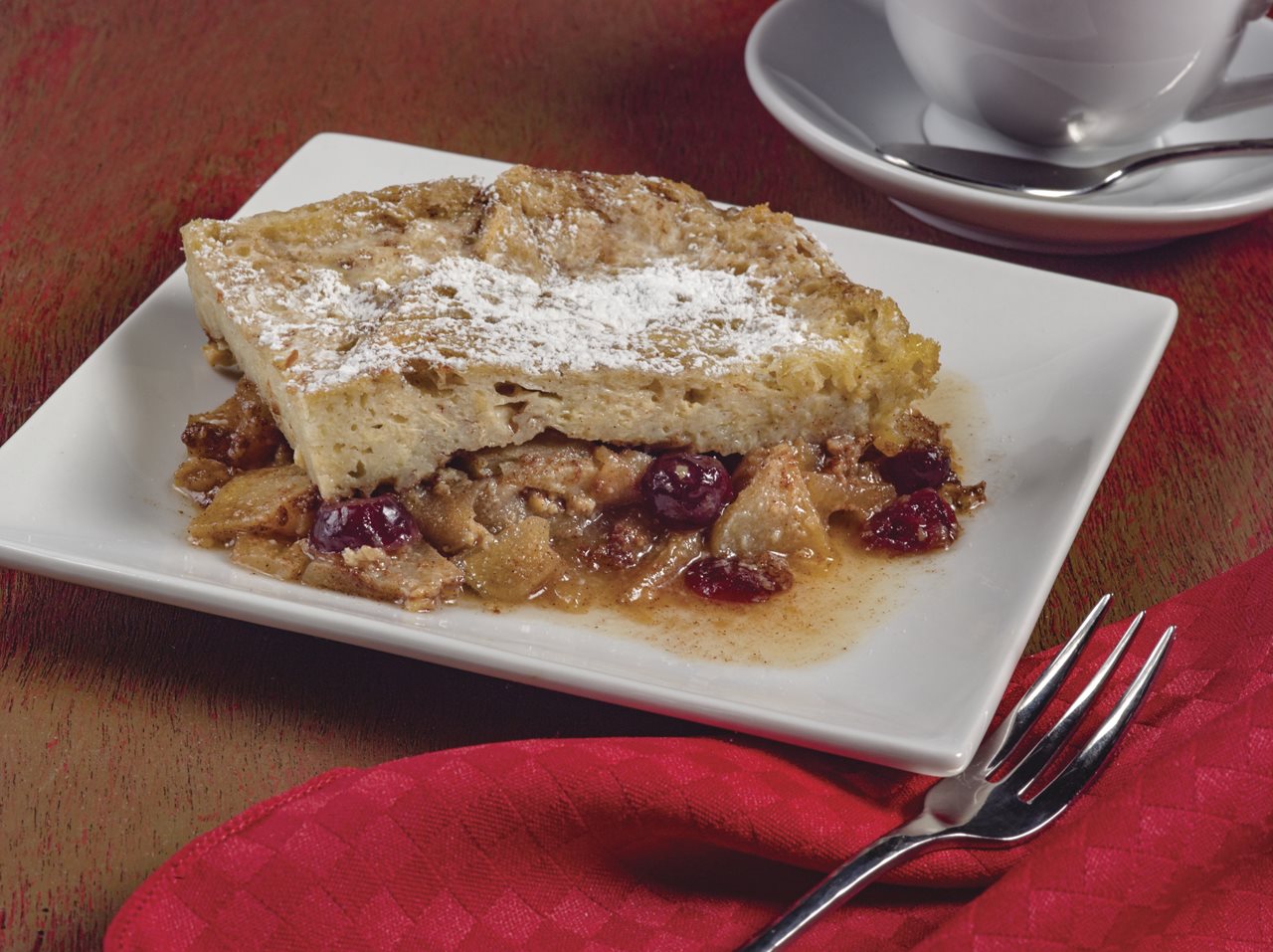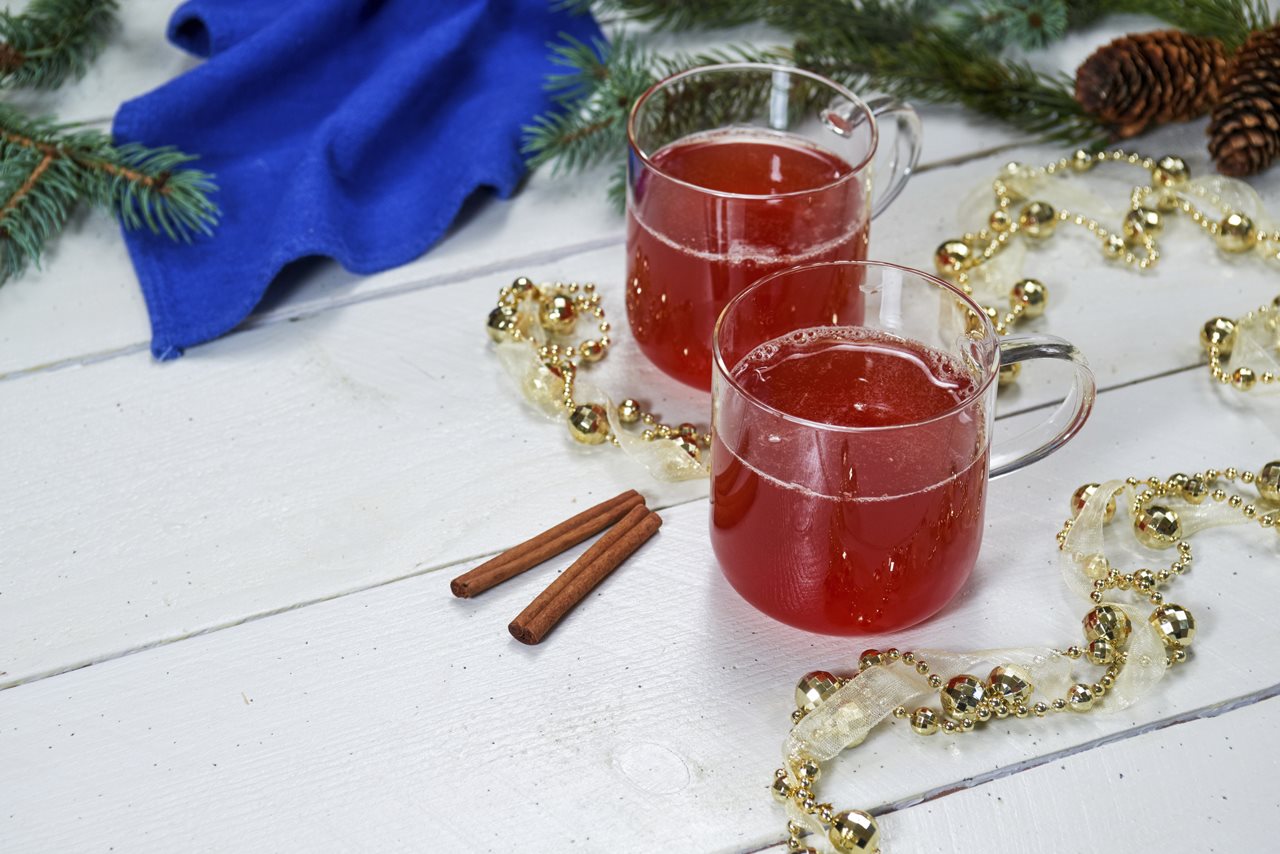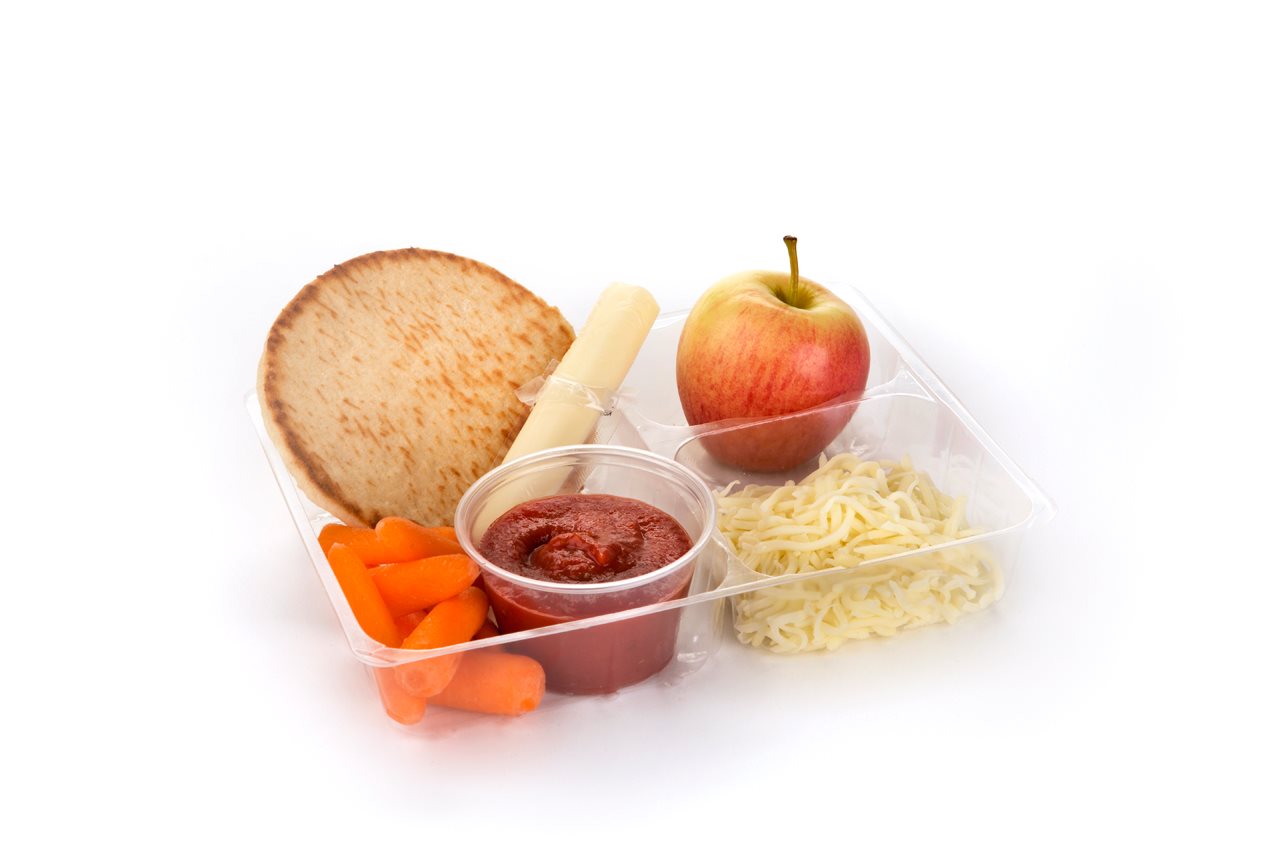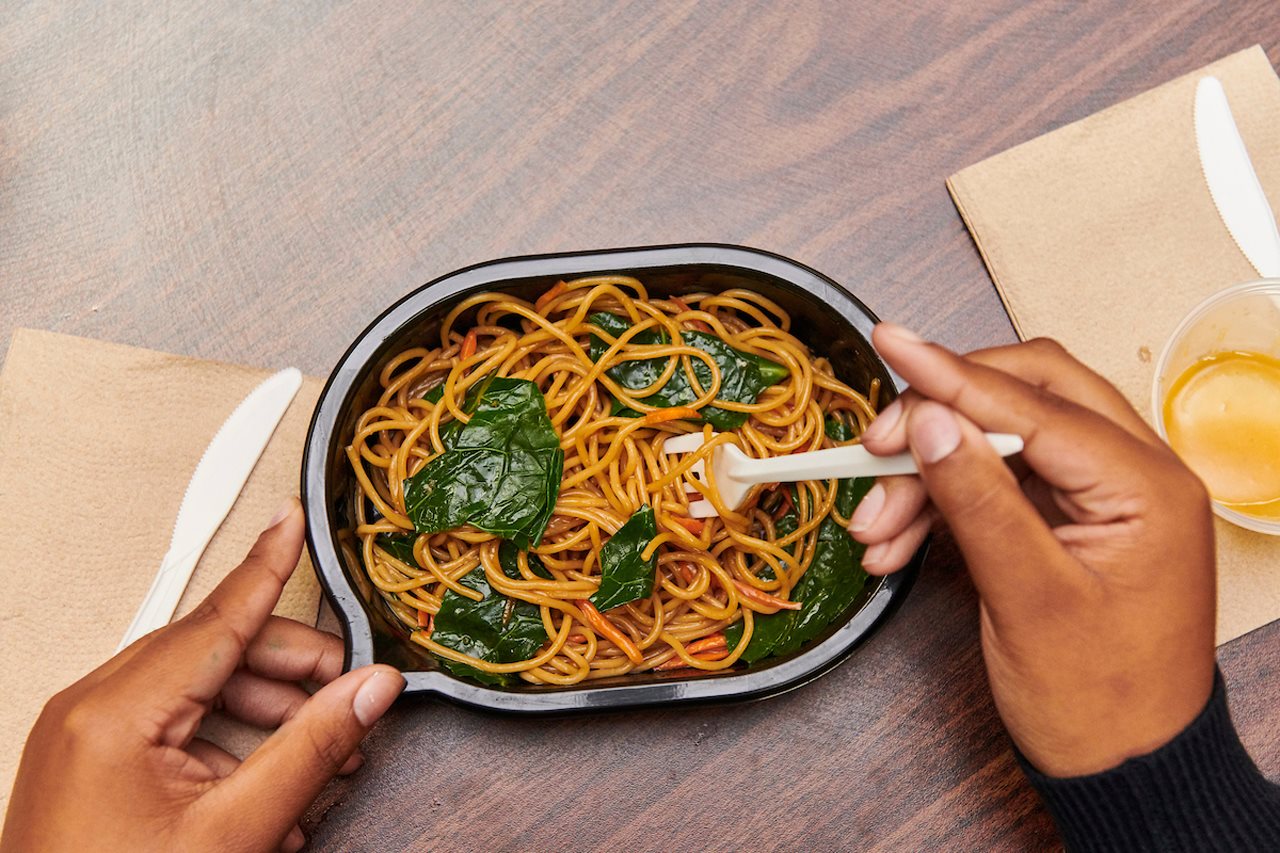2018-12-19T13:01:02
(BPT) – Did you know that bacteria common in the environment can actually lead to a chronic and progressive lung disease? I didn’t; at least not before I was diagnosed with nontuberculous mycobacterial (NTM) lung disease in 2014.
NTM lung disease is caused by bacteria that surround us every day — in water, soil particles and even in the air that we breathe. But here’s the thing: while everyone comes into contact with NTM bacteria, not everyone is at risk for developing NTM lung disease. However, people with a history of lung conditions are more likely to develop an NTM infection.
If you haven’t heard of NTM lung disease, you’re not alone. Here are five things that I wish I had known about this chronic lung condition before I was diagnosed.

1. Damaged lungs are at higher risk, so know your history
Even though NTM bacteria are present in our daily environment, most people will not become infected because their lungs are healthy and can clear the bacteria on their own.
For years I lived with an undiagnosed lung condition that put me at greater risk for getting NTM lung disease. In fact, I did not know I had bronchiectasis (a condition where walls of the bronchi thicken from chronic inflammation and/or infection, leading to the build-up of mucus), until I was diagnosed with NTM lung disease.
I later learned that people with a history of lung conditions, including bronchiectasis, chronic obstructive pulmonary disease (COPD) and asthma, are at higher risk because the damage to their lungs caused by these conditions makes it more difficult to clear NTM bacteria. I was also surprised to learn that approximately 50% of people with bronchiectasis also have active NTM lung disease, and people with COPD are 16 times more likely to develop NTM lung disease.
2. NTM lung disease is often misdiagnosed (or not diagnosed at all)
For two years I experienced persistent respiratory symptoms, including a cough and feeling tired often.
Other patients with NTM lung disease also experience delayed diagnoses. Because these common symptoms of NTM lung disease are similar to other lung conditions, the condition is often misdiagnosed or not caught at all. People can have NTM lung disease for months, sometimes years, without knowing it.
If ignored, symptoms can worsen over time, and in some cases, the condition can cause severe, even permanent damage to the lungs.
3. If you think you might be at risk, get tested early
As my symptoms continued, I was in and out of about 20 doctor offices receiving different opinions and diagnoses. An infectious disease specialist finally conducted testing, which included a physical exam, review of medical history, genetic testing, sputum culture collection and a chest CT scan before confirming a diagnosis of NTM lung disease.
Early testing for NTM lung disease is important because the condition can be progressive. If diagnosed, a doctor will discuss potential treatment options.
4. NTM lung disease is becoming more common than you’d think
It’s estimated that 75,000–105,000 people will be diagnosed with NTM lung disease in the U.S. in the coming year, with cases increasing by 8% each year. NTM lung disease is more common in women. In fact, the people that are most at risk are those aged 65 years and older — a population that is expected to nearly double by 2030.
Some areas of the U.S. have higher rates of NTM lung disease. In fact, seven out of 10 of all NTM infections in the U.S. occur along coastal areas.
5. Talk to your doctor if you think you or a loved one may have NTM lung disease
Once I was diagnosed, I learned more about NTM lung disease by speaking with my doctor and searching the internet for more information. If my story sounds familiar, if you have a persistent cough, or you or someone you care about suspects you may have NTM lung disease, talk to a pulmonologist or infectious disease specialist about getting tested.
You can also visit AboutNTM.com for information about NTM lung disease, with additional tools, support and resources, including a discussion guide to help prepare for the next doctor’s appointment.
Sponsored by Insmed Incorporated.




